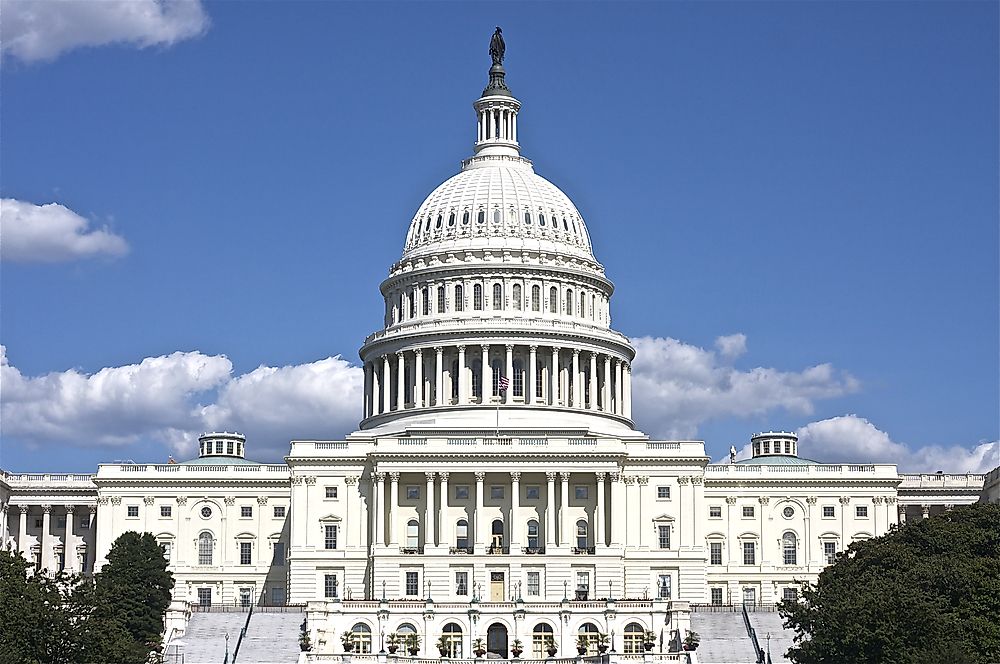The commercial real estate (CRE) sector has been through the wringer these past few years—pandemic disruptions, rate hikes, hybrid work, and the great office reckoning. Now, as we move through 2025, the big question is: are we on the road to recovery, or just pausing before the next challenge?
The State of the Market: A Cautious Balancing Act
Nationally, commercial real estate is in a transitional phase. Office vacancies remain high, industrial is still outperforming (though slowing from its pandemic-era boom), and multifamily is stabilizing after a flood of new supply. Retail continues to quietly reinvent itself—especially in mixed-use and experiential formats.
The overarching theme? Cautious optimism.
After a few volatile years, investors are testing the waters again—but with far more scrutiny. Higher borrowing costs and tighter lending standards are forcing deals to pencil out on fundamentals, not hype.
- Office: National vacancy rates hover near record highs (around 19%), especially for older Class B and C buildings. Tenants are favoring premium, amenity-rich spaces and flexible lease terms, leaving outdated properties struggling.
- Industrial: Still the market’s golden child, driven by e-commerce, logistics, and data demand. Vacancy remains historically low in many metros, though new supply is starting to level things out.
- Multifamily: After years of steep rent growth, the sector has hit a plateau. With a wave of new construction hitting the market, some softness is expected in the short term—but long-term fundamentals remain strong.
- Retail: The survivors of the e-commerce revolution are thriving. Grocery-anchored centers, lifestyle destinations, and mixed-use environments are seeing solid traffic and renewed investor interest.
The Capital Markets: High Rates, Low Leverage
The biggest drag on CRE performance continues to be the cost of money.
The Federal Reserve’s “higher for longer” stance has kept cap rates elevated and transaction volumes subdued. Refinancing older loans—especially those originated in the low-rate era—has become a headache for many owners. Still, cash buyers and well-capitalized investors are stepping in to take advantage of price resets.
We’re seeing a clear flight to quality: newer, well-located assets with strong tenants continue to attract capital, while underperforming properties are being repriced—sometimes dramatically.
Bright Spots: Innovation, Conversion, and Alternative Assets
Some of the most exciting developments in CRE aren’t about new buildings at all—they’re about new uses for old space.
Office-to-residential conversions are finally gaining traction, aided by local incentives and zoning flexibility. Meanwhile, investors are diversifying into alternative sectors like data centers, life sciences, senior housing, and cold storage, all of which are benefiting from long-term demographic and technological trends.
Even within traditional property types, sustainability and ESG compliance are no longer optional. Green certifications, efficient design, and climate resilience are becoming key drivers of tenant demand and financing eligibility.
The Forecast: 2025 and Beyond
Looking ahead, analysts expect a slow but steady rebound across most commercial real estate sectors:
- Cap rates are expected to stabilize as interest rates plateau.
- Investment activity could rise 8–10% nationally as investor confidence improves.
- Industrial and data centers should maintain healthy rent growth.
- Office may see further price declines before bottoming out in 2026.
- Multifamily and retail are expected to normalize, with modest rent and occupancy growth.
In short, we’re entering an age of recalibration—where smart capital, disciplined underwriting, and creative repositioning separate the winners from the rest.
The Bottom Line
Commercial real estate in 2025 isn’t collapsing—it’s evolving.
Investors who adapt quickly to new market realities, embrace technology, and focus on quality assets in resilient markets will come out ahead. Whether you’re buying, selling, developing, or repositioning, the next phase of CRE will reward those who think long term and act decisively.
Want insights like this tailored to your local market or investment goals? Contact Anthony Guetzoian, Broker/Owner of Century 21 Valley Properties, at (818) 266-1100 for a private consultation.


 Facebook
Facebook
 X
X
 Pinterest
Pinterest
 Copy Link
Copy Link











